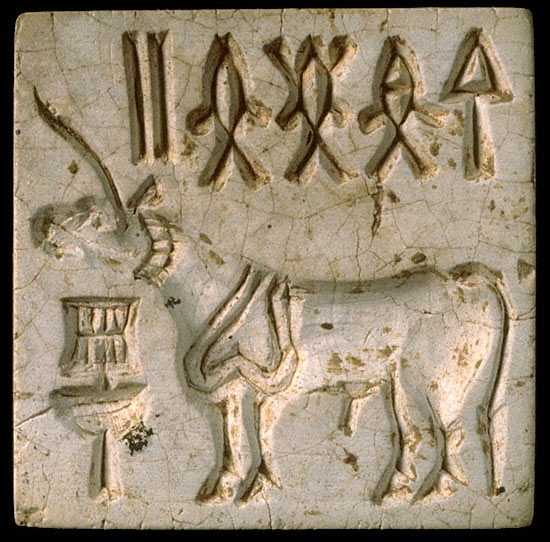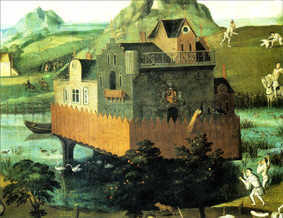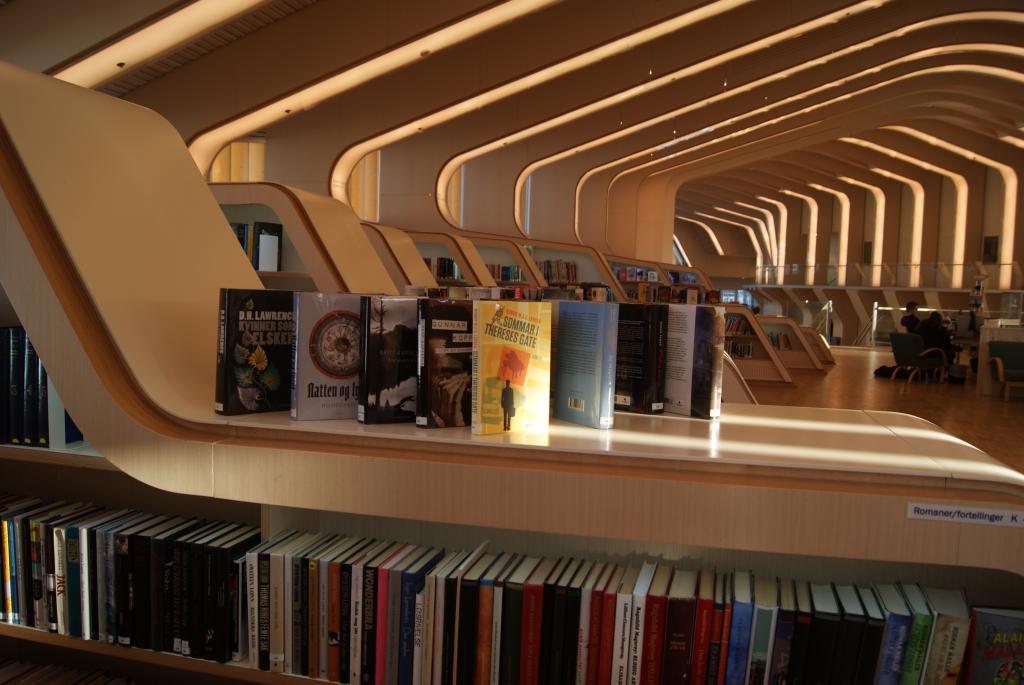The typographically attentive reader will notice that the title of this post italicises the word
technology, and thus that the phrase does not refer to using technology itself, but to using the word
technology. A word that refers to itself should be distinguished from a word that refers to a concept (in philosophy, this is called the
use-mention distinction), and the convention in print has been to put a word that refers to itself in italics or quotation marks: e.g.
technology or ‘technology’. This convention is, itself, a result of technological innovation, and specifically of print technology.
Italics were originally separate typefaces, but eventually were mixed in with roman fonts for various purposes: emphasis or variety, for example. I don’t know when italics were first used to indicate words that refer to themselves, but certainly this convention was not common before the 1700s, perhaps not before the 1800s.
 |
| Answere of Master Isaac Casaubon to the epistle of the most reuerend Cardinall Peron (William Aspley, 1612) |
For example, here is the first use of the word
technology recorded by the Oxford English Dictionary; it is from the English version of Isaac Casaubon’s
Answere of Master Isaac Casaubon to the epistle of the most reuerend Cardinall Peron. This whole section has been printed in an italic font, and the word
technology has not been made distinct in any way, although the proper name ‘Gregorie Nazianzen’ has been set in roman type. And, although we might find a certain charm in the idea of converting ‘Theologie into technology’, what Casaubon meant by
technology was not something like an
Electric Monk, but ‘learned, or artificiall discourse’ – the original meaning of the word. Thus
technology originally meant ‘technical language’, then ‘the study of technical knowledge and skills’. It was not until the early 1800s that
technology came to mean (in the words of the OED, s.v.
technology sense 4b) ‘the mechanical arts and applied sciences collectively’. As late as 1934, Lewis Mumford’s classic study in the history of technology did not use the word
technology in its title but an alternate term:
Technics and Civilization.















